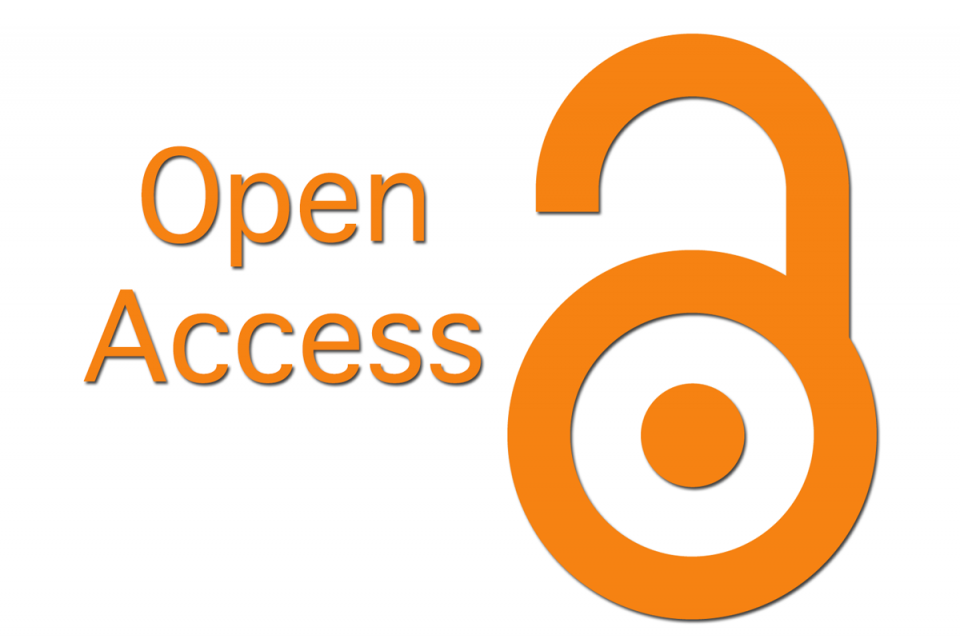A Study On Clinical Profile Of Patients With Complete Acl Tear Admitted At A Tertiary Care Hospital
DOI:
https://doi.org/10.48047/n1wadn48Keywords:
Clinical Profile, Complete ACL Tear, Knee Pain And InstabilityAbstract
Analysis of knee motion in a horizontal plane reveals a different type of motion that of internal femoral condylar motion with terminal knee extension. This is called "Screw Home" mechanism which offers greater stability. This mechanism is due to the inequality of bony geometry between femoral condyle and tibial plateau. Detailed history about the trauma and mode of injury was taken in the casualty/OPD. Case history was recorded in a specially designed Case Record Form (CRF) by taking history of illness and by doing detailed clinical and radiological examination and relevant investigations. Finally, after the diagnosis, patients were selected for the study depending on the clinical instability and MRI findings and based on the inclusion and exclusion criteria.
The most common symptom at presentation was instability (36.66%) followed by knee pain (33.33%). Both knee pain and instability were present in 23.33% of patients.
Downloads
References
Sakane M, Fox RJ, Woo SL, Livesay GA, Li G, Fu FH– In situ forces in the anterior cruciate ligament and its bundles in response to anterior tibial loads. J Orthp Res 1997; 15:285-93.
Fu FH, Bennett CH, Lattermann C – Current trends in anterior cruciate ligament reconstruction. Part I: biology and biomechanics of reconstruction. Am J of Sports Med 1999; 27: 821-30.
Takai S, Woo SL, Livesay GA – Determination of the in situ loads on the human anterior cruciate ligament. J Orthop Res 1993; 11:686-95
Downloads
Published
Issue
Section
License

This work is licensed under a Creative Commons Attribution 4.0 International License.
You are free to:
- Share — copy and redistribute the material in any medium or format for any purpose, even commercially.
- Adapt — remix, transform, and build upon the material for any purpose, even commercially.
- The licensor cannot revoke these freedoms as long as you follow the license terms.
Under the following terms:
- Attribution — You must give appropriate credit , provide a link to the license, and indicate if changes were made . You may do so in any reasonable manner, but not in any way that suggests the licensor endorses you or your use.
- No additional restrictions — You may not apply legal terms or technological measures that legally restrict others from doing anything the license permits.
Notices:
You do not have to comply with the license for elements of the material in the public domain or where your use is permitted by an applicable exception or limitation .
No warranties are given. The license may not give you all of the permissions necessary for your intended use. For example, other rights such as publicity, privacy, or moral rights may limit how you use the material.








